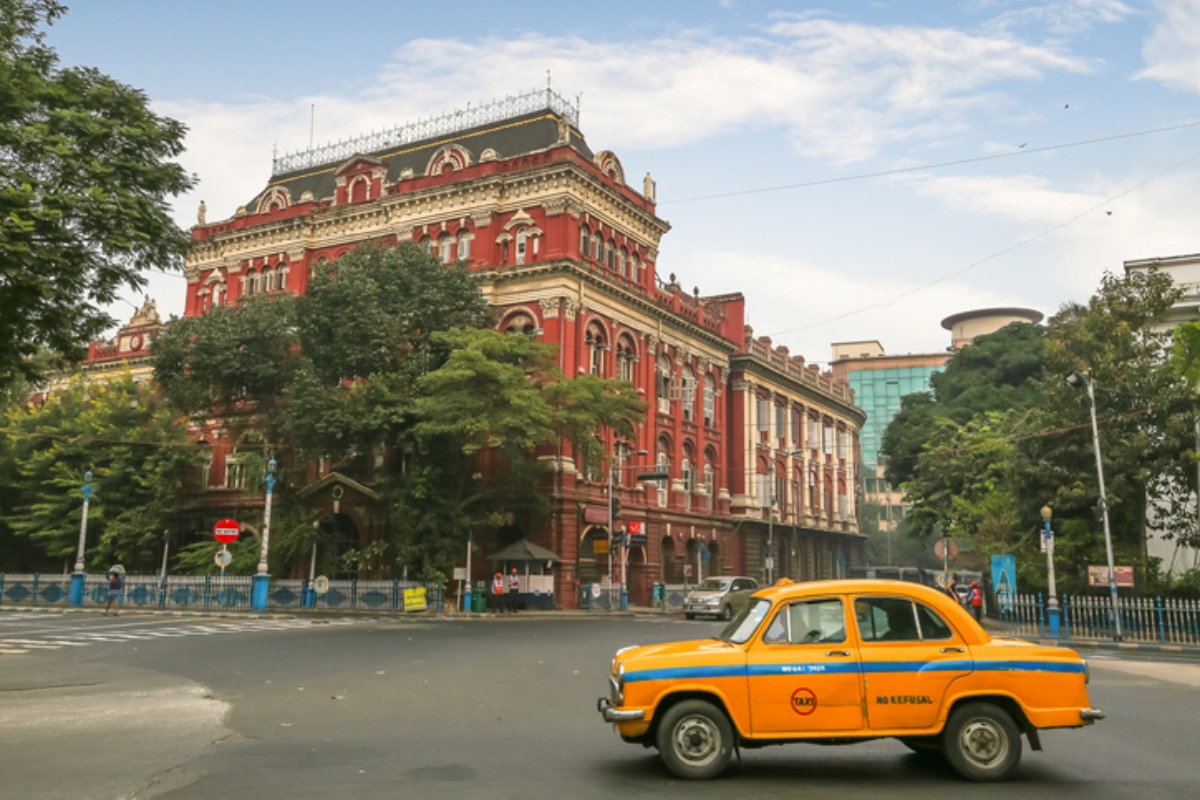As Kolkata goes to these polls on Sunday to elect Councillors to the municipal corporation, the focus of both the voters and the parties is riveted to the city’s underbelly. For a city that has experienced an unusually prolonged monsoon punctuated with cyclones ~ severe and mild ~ the menace that appears to be uppermost on the agenda is waterlogging, almost endemic.
Not wholly unrelated is the problem of canals, most particularly in localities where building promoters are thriving from Baguiati to Behala, to mention but two of the acutely affected areas. Small wonder that Mukundapur (Ward 19) alongside the Eastern Metropolitan Bypass and which boasts several hospitals in the private sector is often referred to as the city’s “waterlogging capital”.
Having had to suffer flooded streets for the past five years, the annual scourge is seemingly forgotten by the civic authorities in the time-span between one election and the next. Sustainable and scientific solutions are imperative to ensure “zero blockage” of drains through mechanized desilting. Equally critical is the need to conduct regular dredging of drains and to stop dumping of solid waste. Closely connected too is the need for regular cleaning of the Hooghly and its tributaries and a ban on the dumping of garbage into the Adi Ganga.
Advertisement
The city makes do with a drainage network that dates back to 19th century British India. The encroachment of hawkers on the pavements has severely truncated the space for pedestrians. Not long after the Left Front launched Operation Sunshine in the 1990s, the initiative has rather ironically degenerated to Operation Sundown, with pavement hawking a burgeoning trade in areas from where they had been ejected. Indeed, hawking is now integral to the city’s economy. The KMC is yet to unveil a composite policy on hawkers.
An area study would reaffirm that from Ballygunge to north Kolkata via downtown Esplanade, it is virtually impossible to walk on pavements. The state government’s recommendation to earmark two-thirds of a pavement for pedestrians and one-third for hawkers has come a cropper. And pedestrians sometimes face the danger of death, from accident and even electrocution from exposed electric poles. Yet the blame-game, played out by the power utility and the civic headquarters on SN Banerjee Road, persists. Yet another contretemp is the chronic water crisis that plagues such areas as Kasba, Jadavpur and Tollygunge.
And the KMC’s water supply can be woefully inadequate if the pipeline caters to hundreds of citizens for less than two hours each day. In several sectors, therefore, Kolkata bearss witness to urban regression in place of urban renewal. These are the issues that voters must consider as they prepare to make their choice.
Advertisement











